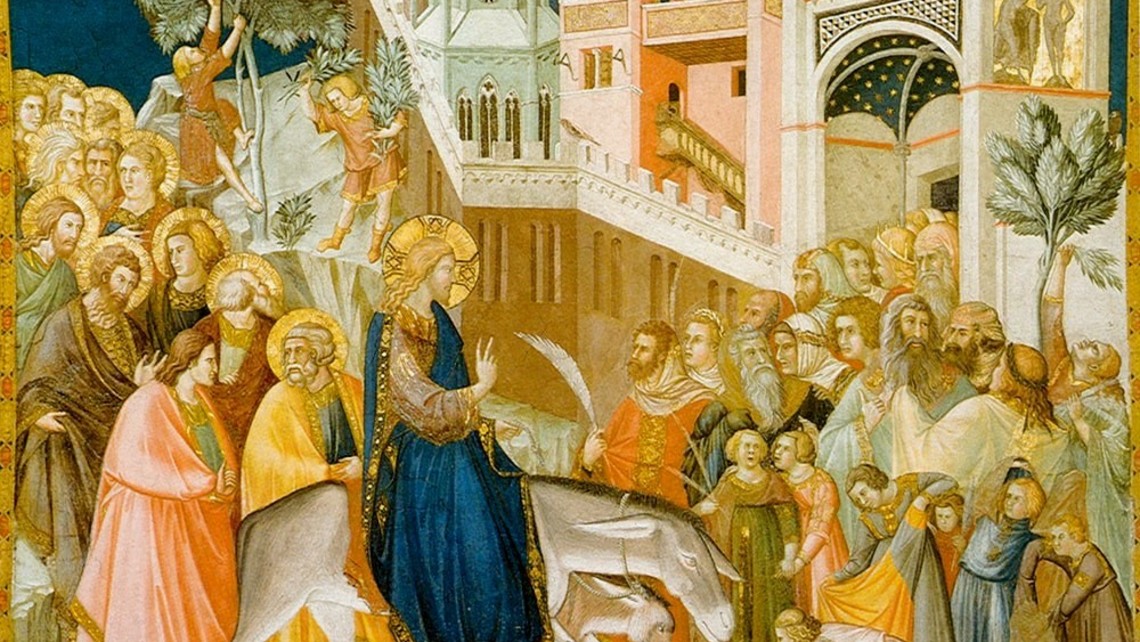
Forty days can feel like a very long time. And it can feel especially long when we’re making sacrifices and relinquishing daily comforts in preparation for Easter.
Too often, I think we get caught up in “I’ve given up this, that, and the other thing, so I’m covered until Easter.”
This Lenten season, I encourage you to look beyond Meatless Fridays, Coffeeless Mornings, and Chocolateless Days.
Here are three little-known practices you might consider adapting to help you approach Holy Week as an intensification of your Easter preparation.
Observe Complete Silence on Good Friday.
This Holy Week practice originated as a tradition in the rural Philippines. Turning off the noise and distractions of daily life allows you to turn your attention to receiving God’s message, and promotes meditation on the wonders and mysteries of His Son.
Of course, depending on your family situation (for example, the ages of your children), you may have to adjust your “Complete Silence” meter.
Here are some ways in which you can silence yourself and your surroundings on Good Friday (and any day of the year!):
- Turn off the television.
- Disconnect from the internet.
- Turn off your phone (gulp… put it on silent mode and don’t even check for text messages).
- Limit conversation to the bare necessities.
- Use your “silent time” as an opportunity to grow in intimacy with God through focused prayer.
Silence is a necessary part of the spiritual life. It helps us listen for and be receptive to God’s whispers. As 1 Kings 19:11-13 demonstrates, God is not always in the chaos of the thunder and lightning; often, He’s in the whispers in the wind. I leave it for you to look up!
Veil the Religious Images in Your Home
In 9th Century Germany, the “Hungertuch” would hide the altar in the sanctuary from the beginning of Lent until the words, “The veil of the Temple was rent in two,” were read on Wednesday of Holy Week:
You can adopt a similar practice during Holy Week by placing a thin veil over the religious images in your home, unveiling the crucifix on Good Friday and all other images following the Easter Vigil.
Catholicism is a religion of “smells and bells,” meaning that our celebratations of God's spiritual mysteries are grounded in physical reality: bread, wine, oil, water, incense, veils, rosaries, ringing bells. These phsycial signs point us to spiritual realities. Veiling your home’s religious images is a beautiful sensory reminder of the events of Holy Week.
Epitaphios Procession
The Epitaphios is a large cloth embroidered with an icon of Christ. The icon depicts Christ’s body being prepared for burial after His crucifixion. Eastern Catholics in the Byzantine tradition process the Epitaphios around the church during the services on Good Friday, often accompanied by candles and incense, and then place it on an elaborate table which represents the tomb.
If your home parish does not offer a Good Friday service that includes an Epitaphios procession, you might try looking online to find out if any other parishes in your area follow this tradition.
Seeking Comfort in Our Faith
With all that is going on in the world, there is truly no better time to sink deeply into the comforting practices of our Catholic religion.
By introducing your family to some new Holy Week observances, you can open up discussions about the beauty of our Faith and offer your sacrifices and prayers for fellow humans who are suffering and grieving during these incredibly unstable times.

